More than 4 months ago, heavy rains for many days due to the impact of Storm No. 3 Yagi caused many rivers in the North to flood, even above historical flood levels. Regarding the Lo River, at 7:00 p.m. on September 11, 2024, the flood level recorded at Vu Quang station (Doan Hung district, Phu Tho province) peaked at 21.21m, 0.71m above Alert Level 3.
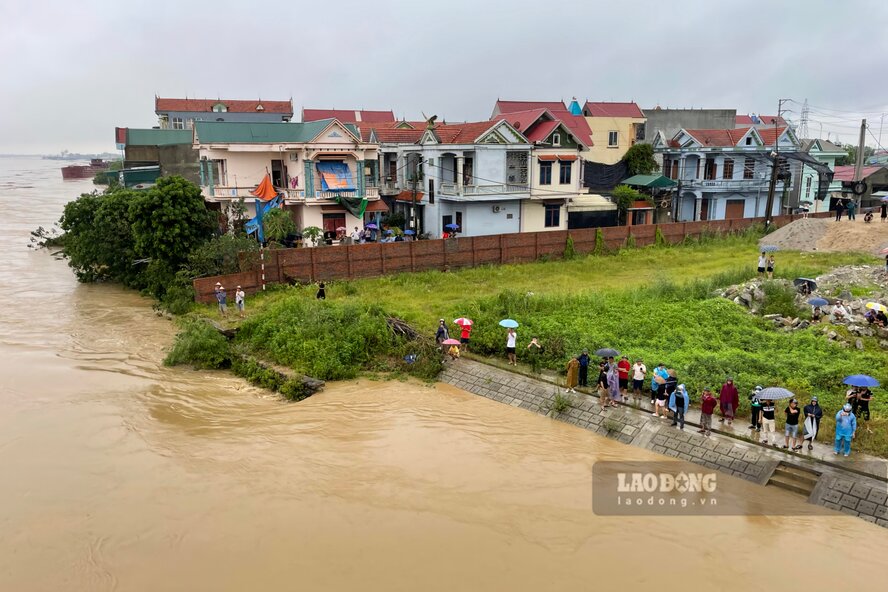
According to the Short-term Hydrological Forecast and Warning Bulletin No. TVHN-10/DBQG of the National Center for Hydro-Meteorological Forecasting, the actual water level measured at 1:00 a.m. on January 10 at Vu Quang station was 4.67m (down nearly 17m), at Tuyen Quang station (Tuyen Quang city) was 12.27m. After 4 months since the Lo River flood peaked, the water level has recently decreased.
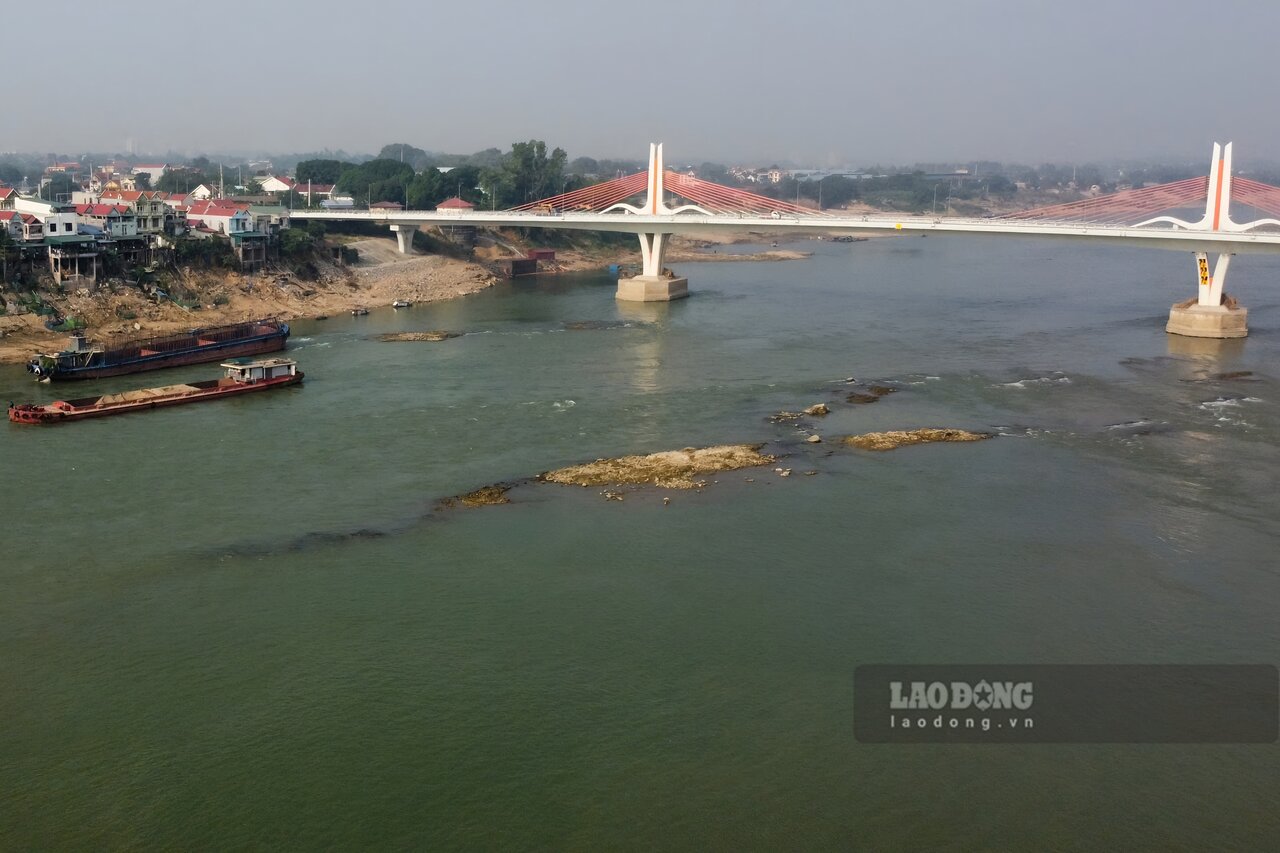
However, compared to the present time, the water level of the Lo River has changed rapidly, the river has become less shallow. The short-term hydrological forecast and warning bulletin No. TVHN-14/DBQG also shows that the actual water level measured at 1:00 a.m. on January 14 at Tuyen Quang Station was nearly 14.02m, at Vu Quang Station was more than 6.02m. Thus, in just 4 days, the water level of the Lo River has risen more than 1m.
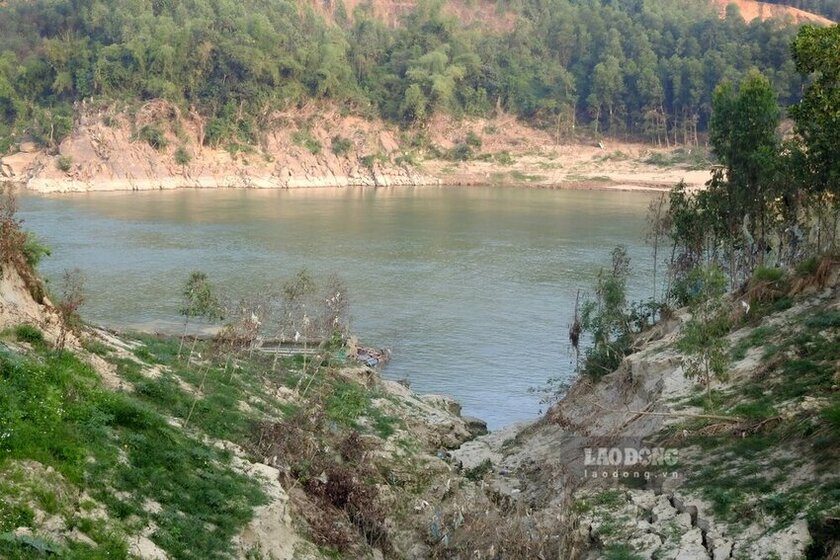
According to a reporter from Lao Dong Newspaper on January 14, the water level of the Lo River passing through Phu Tho province has risen, but is still generally low, allowing for clear visibility of the reefs on the riverbank, even in the middle of the river.
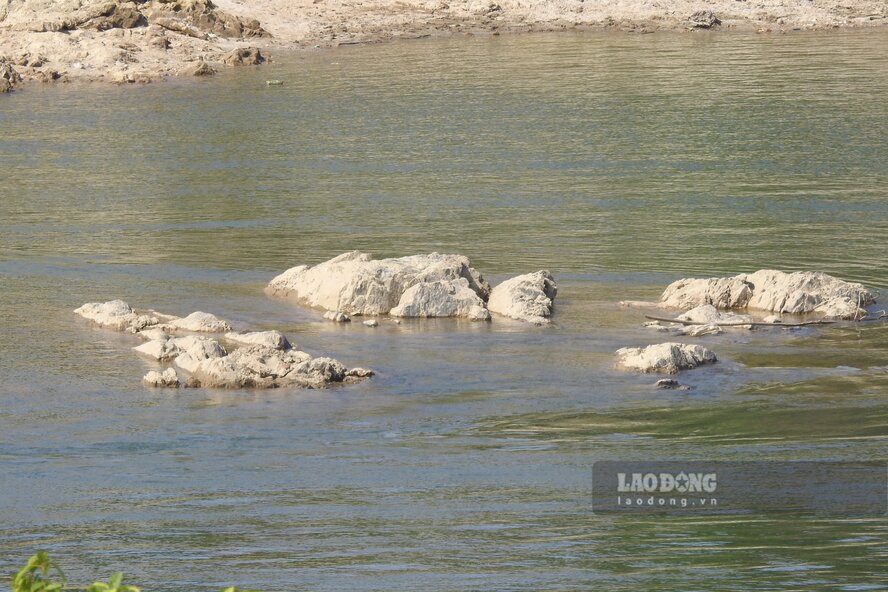
Mr. Le Xuan Truong - a resident living along the Lo River in An Dao Commune, Phu Ninh District - shared: "We, the river people, regularly monitor the river water level. Today, although the water level has risen compared to nearly a week ago, it is still low.
I'm quite worried because the dry season usually lasts a long time. Like in 2024, around April and May, the river water will be dry, about 2m shallower than now, and boats will have no way to go."

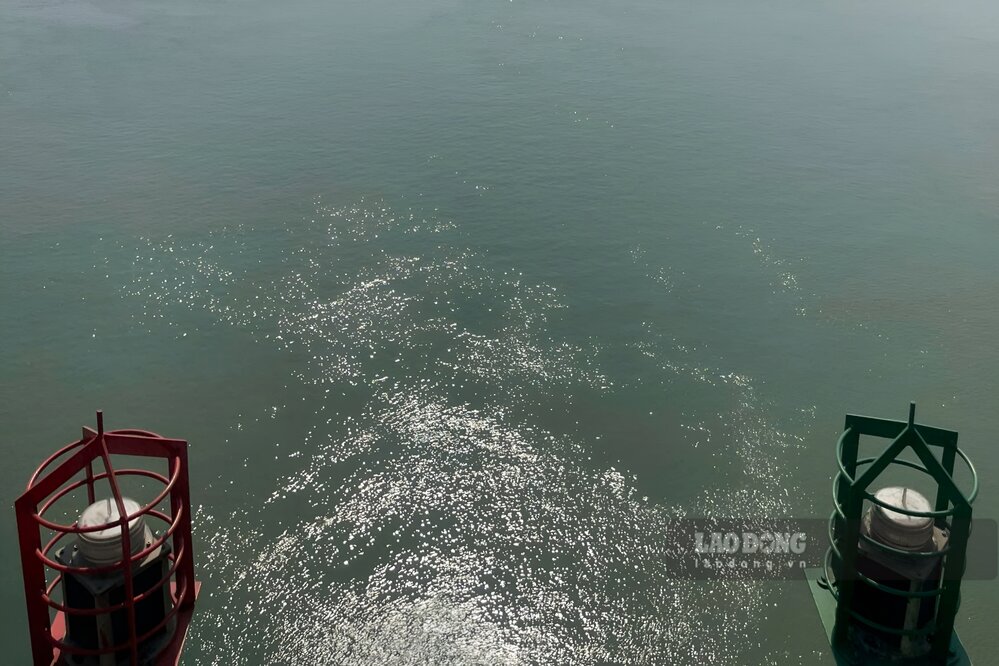
According to research, the reason the water level of the Lo River has risen quite rapidly in recent days is because the system of hydroelectric reservoirs upstream (Thac Ba, Tuyen Quang) has released water to serve the 2025 spring crop production.
Starting from January 12, Tuyen Quang Hydropower Plant will release water in two phases. Phase 1 will start from 0:00 on January 12 to the end of January 16; Phase 2 will start from 0:00 on February 8 to the end of February 14 (water intake schedule for winter-spring rice cultivation in 2024-2025 in the Northern Midlands and Delta).











